The BC SPCA works to protect and enhance the quality of life for both wild and farmed animals. We may think wild and farmed animals have little in common, but they face many similar welfare issues and are connected in a variety of ways.
Farming
You may be surprised to learn that wild animals are also intensively farmed for products such as their fur, skin, and meat. These animals face many of the same issues as farmed animals such as being raised in small, barren, cramped conditions. Many farmed animals, like sheep and cows, have been domesticated for thousands of years, meaning they are better adapted to being cared for by humans. However, wild animals on farms retain all their natural instincts and needs, making life on a farm even more distressing.
For example, hundreds of thousands of wild animals are farmed for their fur each year in Canada, including mink and fox. Even after generations of captive breeding, these animals are still averse to humans and distressed by the lack of space. Thankfully, the B.C. government announced a phase-out of mink farming in response to growing public safety concerns during the COVID-19 pandemic.
Unfortunately, it is still legal to farm other wild animals like chinchilla, fisher, marten, and nutria in the province, and there are no prohibitions on mink farming in other Canadian provinces.
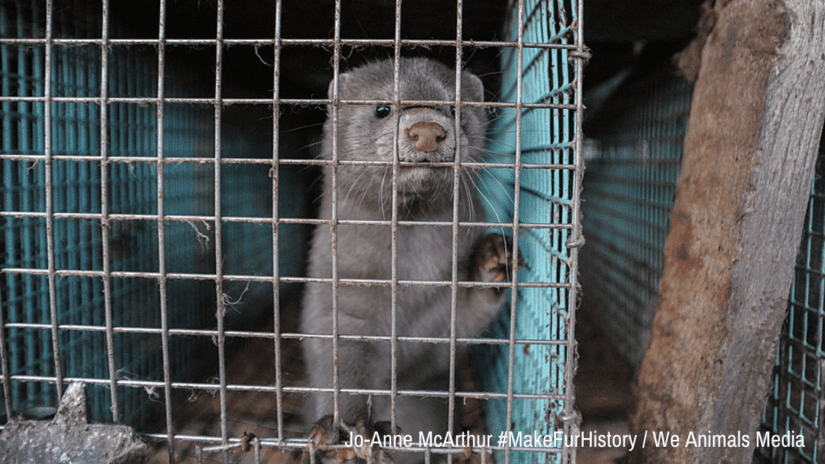
Fireworks
For many people, fireworks are a fun and exciting experience – but for animals, fireworks can be extremely frightening. Many pet paw-rents will know this feeling all too well, but we may forget to think about farmed and wild animals. Frightened cows, horses and other animals can easily trample through their enclosures and fences in their panicked state, risking serious injury.
Fireworks also frighten, disorient and disturb wild animals big or small – from sparrows to sea lions. When scared from dens and roosting sites, wild animals can run into busy streets or fly into buildings. This often has fatal results. Fireworks can also interrupt their natural feeding and breeding behaviours and even cause them to abandon their young.
Learn more about how to keep animals safe from fireworks.

Loss of habitat
Land that is cleared for raising farmed animals or growing animal feed impacts the ecosystems that wild animals call home. Wild animals may die during land clearing or be displaced from their habitat.
Farmed and wild animals may also find themselves coexisting, as many farmers use natural land for pasture, or woodlands and wetlands, to raise their animals outdoors. When managed well, this can be a good way to protect biodiversity.
Pesticides
Crops don’t just feed people – many agricultural products like corn and soy go towards making food for farmed animals. This often involves the widespread use of pesticides, which can harm wild plants, non-target insects and animals.
Mice and rats can be attracted to crops and animal feed, and for a long time, rodenticide poisons were considered the default solution. Rodenticides cause a slow, painful death for poisoned rodents. They are also dangerous for animals like owls, eagles, raccoons, cougars and even cats and dogs, who might eat poisoned rodents. Starting in January 2023, B.C. made permanent restrictions on rodenticides, while promoting more effective and humane methods of rodent control.
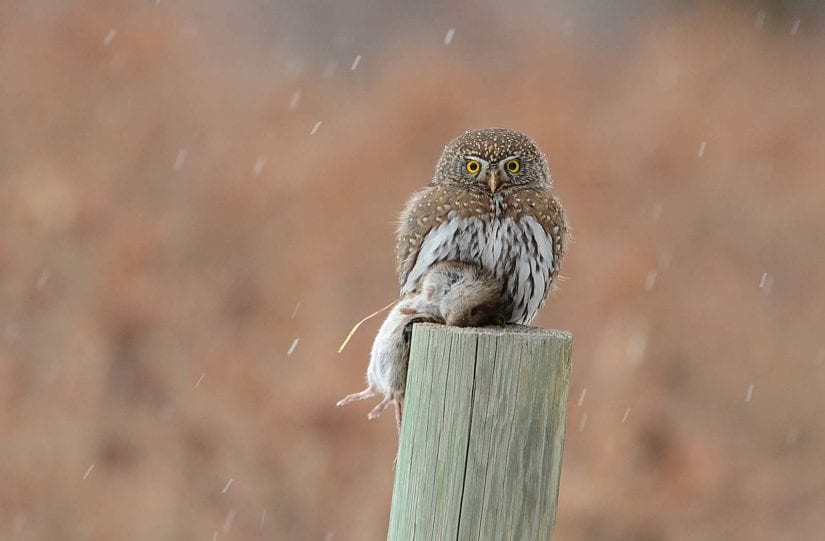
Wildlife control
Animals are often farmed in rural areas close to wild animal habitat. Unfortunately, this can lead to conflicts with carnivorous animals like coyotes, wolves and mink. These wild animals may be shot, trapped, poisoned, or otherwise killed in an effort to protect farmed animals. Preventing conflicts with wild animals starts with us, and simple preventative actions go a long way.
Sometimes farmed animals can become the target of control too. For example, “feral” pigs have become a conservation concern all over the world. These feral pigs may be escaped/released free-ranging wild boar, domestic pigs, boar-pig hybrids or even pot-bellied pigs. Feral pigs spread rapidly because they are fast-reproducing, able to survive Canada’s temperatures outdoors, and have few natural predators. They have significant impacts on ecosystems by rooting and trampling, can cause major crop damage and can transmit disease to other animals.
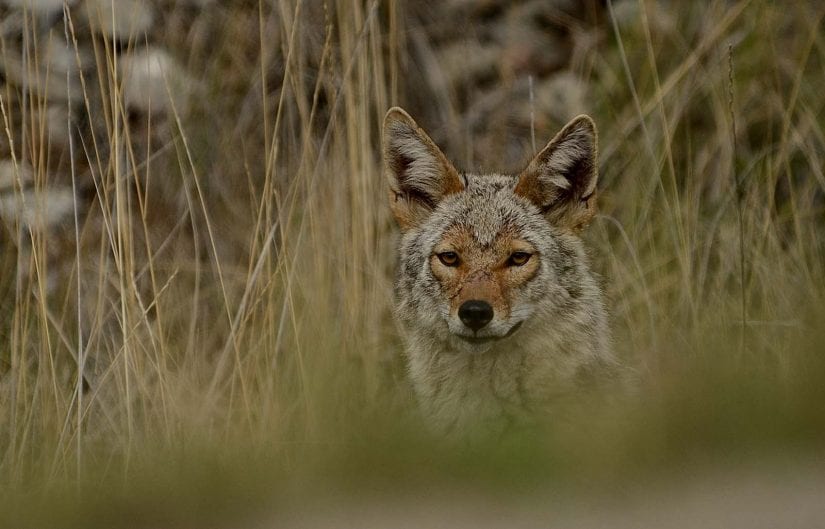
Entertainment
Both wild and farmed animals are used for entertainment purposes at a range of venues including zoos, aquariums, rodeos, circuses, and film and television sets. While exciting for humans, it comes at a cost to the animal’s welfare. Animals on display or made to perform face risks to their physical and psychological well-being. Such risks involve how they are bred, raised, housed, trained, and transported, as well as the activities themselves.
It’s very difficult to mimic natural environments and meet the specialized needs of wild animals in captivity. For animals such as primates, elephants, cetaceans, and animals with large home ranges like bears, lions, tigers and other big cats, it is impossible to meet all their needs in zoos or aquarium settings.
Farmed animals are also used for our entertainment purposes, at events such as rodeos and horse-drawn carriage tours. Animal deaths and injuries are all too common, and animals that are not physically injured can still experience fear and stress.
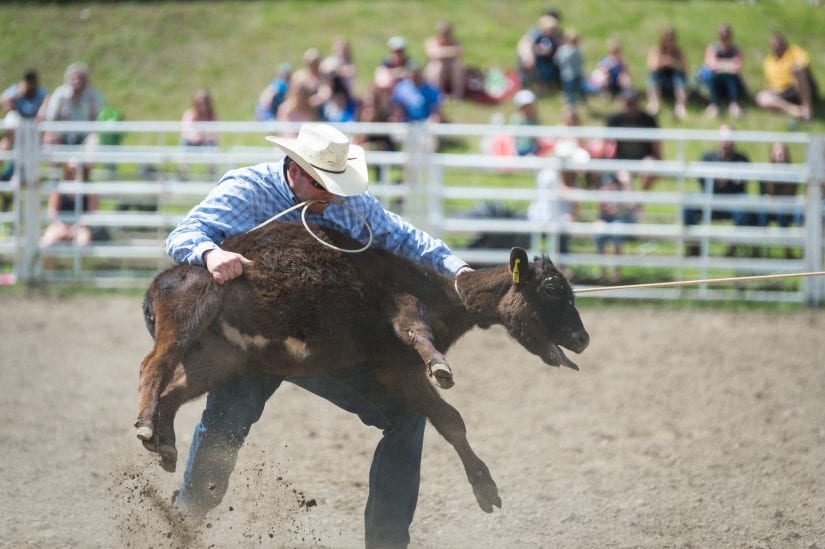
Climate change
Climate change has produced a number of threats to wild and farmed animals. Rising temperatures alters many ecosystems that wild animals call home. Wild animals may struggle to find food as a result of this, and may need to find new habitats to support them. As wild animals move in search of food and new suitable habitats, the likelihood of human-wildlife conflicts increases. Wild animals seeking new food sources may be more likely to feed on human food, whether by venturing into our garbage or in agricultural areas with farmed animals.
Climate change is also contributing to more frequent and extreme weather events. Flooding, droughts and wildfires can have detrimental effects on wild animals and their habitats. Farmed animals confined indoors may be unable to flee during such natural disasters.
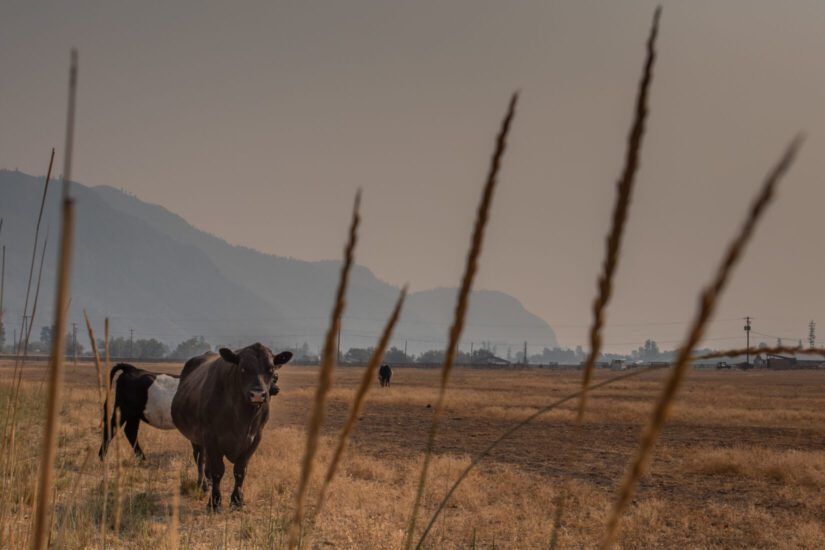
Water pollution
Raising farmed animals in intensive conditions results in a lot of waste. While farms have waste management plans designed to prevent runoff into our water sources, there is still the risk that this waste will make its way into our waterways. Run-off into oceans and lakes can result in the overgrowth of aquatic vegetation like algal blooms. These blooms consume oxygen required by other aquatic plants that are food sources for wild animals. These areas become ‘dead zones’ due to the depleted oxygen levels, making it hard for any plants or wild animals to survive in them.

Although we may think of them as different, it’s clear that humans have wide-ranging impacts on animals of all kinds. The health and welfare of animals is deeply intertwined with our own. It’s important that we protect them as best we can.
WildSense newsletter
Want to receive more wildlife stories right to your inbox? Subscribe to WildSense, our bi-monthly wildlife newsletter.
The BC SPCA uses your personal information to update you on our work for animals as well as for advertising and analytics purposes. More information on uses and how to opt-out can be found in our Privacy Policy.
FarmSense newsletter
Are you passionate about farmed animal issues? Subscribe to FarmSense newsletter – delivered four times per year.
The BC SPCA uses your personal information to update you on our work for animals as well as for advertising and analytics purposes. More information on uses and how to opt-out can be found in our Privacy Policy.
